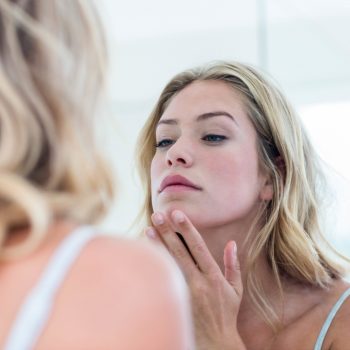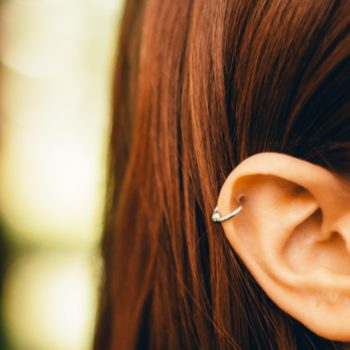Between 2% and 3% of the Italian population is affected by psoriasis, a chronic inflammatory skin disease. The factors that contribute to its onset are different: genetic, environmental and immunological, where family history plays an important role. In what cases can psoriasis be suspected? What are the symptoms that mark your possible onset? We asked Professor Antonio Costanzo, Head of the Operational Unit of Dermatology at Humanitas and Professor of Humanitas University.
When can psoriasis occur?
Although it can be diagnosed at any age, there are mainly two age groups in which psoriasis can occur. One is younger, between the ages of 15 and 30, where most cases are concentrated, and the other is older, between 50 and 60 years of age.
Psoriasis is characterized by the alteration of the growth process of skin cells: in fact, they grow at a faster pace than normal while the body fails to eliminate excess cells. Therefore, these accumulate on the surface of the skin, giving rise to scales or patches typical of psoriasis.
However, psoriasis can take on different forms: common, with reddish plates with a whitish surface; inverse, with brighter red patches; guttate, with round dots; pustular, with small blisters; erythrodermic, which affects the entire skin surface with diffused reddening. The areas of the body affected by the disease can also be different: from scalp to elbows, from knees to skin folds such as groin and armpits to nails.
Furthermore, there are many factors that trigger psoriasis. Among those known to be of environmental origin is included the stress that is combined with other possible factors such as a skin injury, severe sunburn, and streptococcal infection.
Skin, nails and scalp
What signs indicate a psoriasis onset? “The disease occurs with the appearance of small erythematous spots surmounted by scales. Sometimes these can be hidden, for example when they arise on the scalp, so the patient can simply experience an increase in dandruff, which is actually the desquamation of hidden psoriasis patches,” explains Professor Costanzo.
“Another subtle way in which psoriasis occurs is through alteration of nails. In fact, there are small characteristic signs of the disease that can appear on the nails in the absence of other skin manifestations “.
Sometimes symptoms may be misunderstood for those of other skin diseases: “Some forms of psoriasis, such as erythrodermic psoriasis, which affects the whole skin surface, or reverse psoriasis affecting skin folds, may be confused with other diseases. Reverse psoriasis, in fact, is often confused with skin infections such as mycosis “.
Investigations are sufficient to dispel any doubts: “The most accurate examination to discriminate between the different forms of psoriasis is a skin biopsy but fortunately it is almost never necessary, in fact the psoriasic patches, even when present in the folds, have typical characteristics that make it possible to diagnose them,” concludes the professor.










